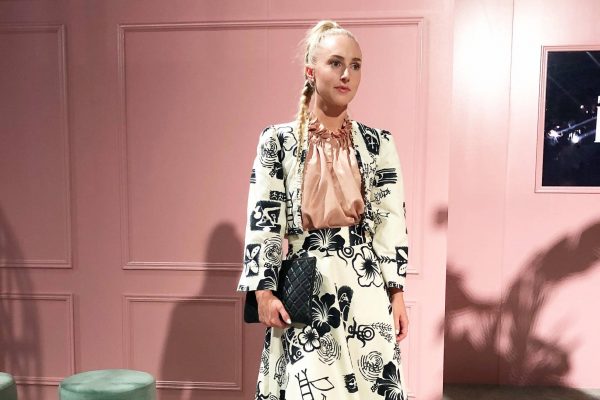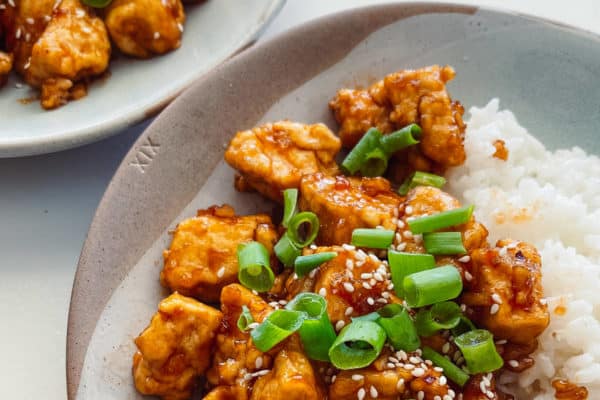The world turned a blind eye to ‘modern slavery’ in garment production until it was forced to look in 2013, when a garment factory in Bangladesh collapsed, killing 1,134 and injuring over 2,500 workers. The building’s owners ignored warnings and forced (mostly female) workers to go into work to meet the needs of brands such as Mango, Zara, and Primark.
Since the horrific Rana Plaza collapse, consumers are starting to wake up to bullshit that is going behind the scenes and demanding brands to take responsibility of supply chains.
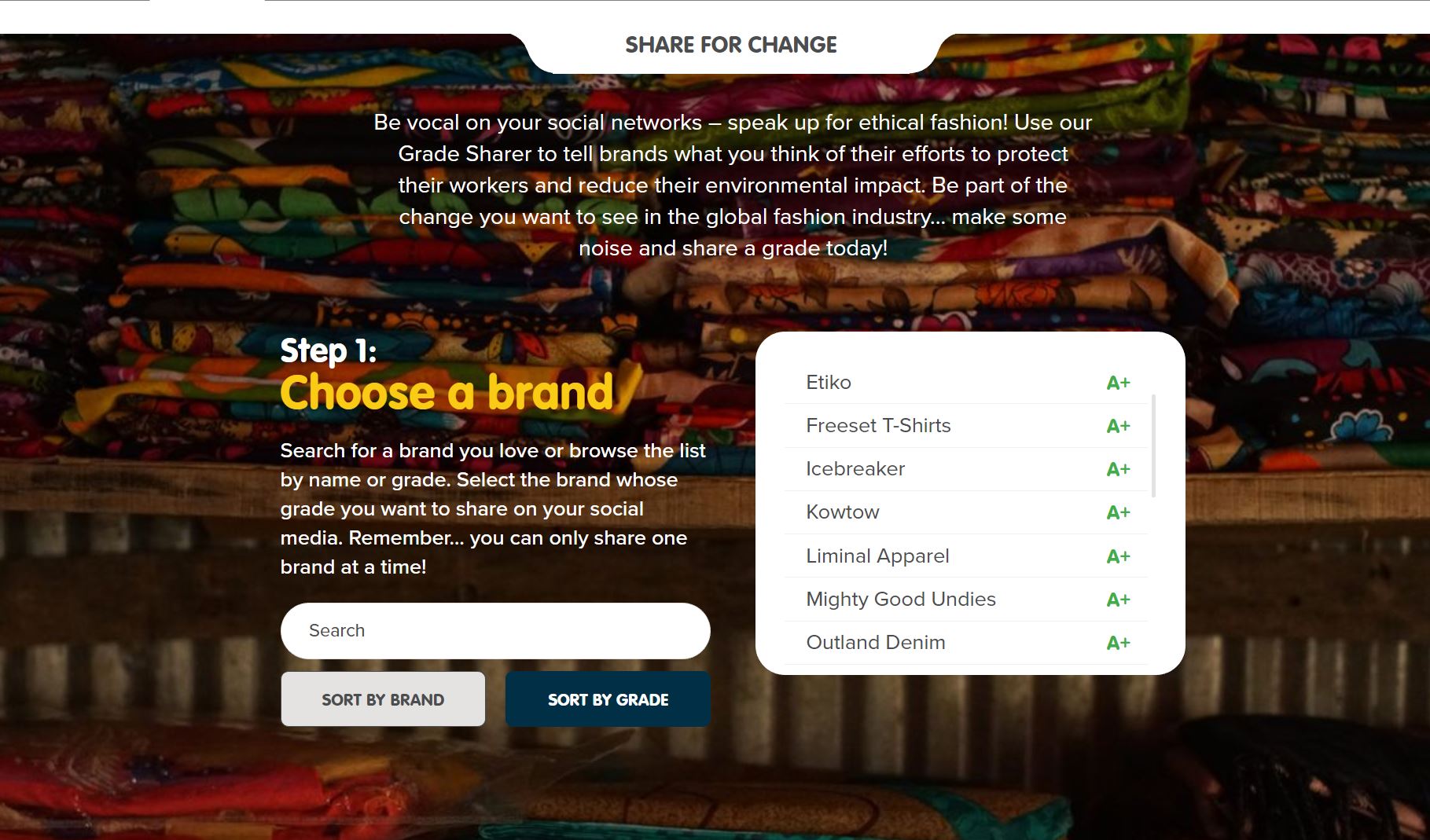
Name & Shame
It can no longer be assumed that the government’s ensuring clothing is fairly traded and ethically produced because it isn’t. This has been heightened by access to knowledge via social media and reports from not for profit organisations such as Baptist World Aid, Fashion Revolution, and Oxfam.
“We don’t know enough about the impact our clothing has on people and planet…We believe transparency is the first step to transform the industry. And it starts with one simple question: Who made my clothes?” –Fashion Revolution website, 2018
Pointing fingers and shaming brands is not always the preferred approach, but somebody has to do it. Organisations like Baptist World Aid and Oxfam are both in this position, releasing reports each year rating, naming and shaming brands that aren’t transparent or ethical enough. The Green Hub spoke with Oxfam’s Chief Executive Dr. Helen Szoke last year about the “What She Makes” Report, read more here.
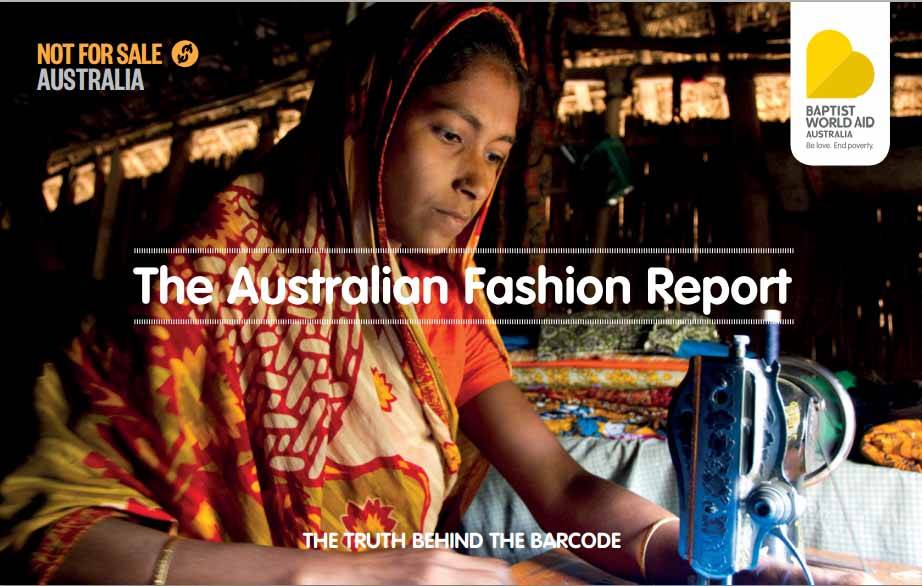
Image via Peppermint Magazine
Baptist World Aid ‘Behind The Barcode’ Report
Baptist World Aid is an International Christian aid and development organisation, striving to empower communities and achieve justice for people living in poverty. The organisation has focused on ethical consumption in the fashion and electronics industry, releasing yearly reports and guides.
The Behind The Barcode project has been running for six years, researching and grading brands based on 44 specific criteria.
“The International Labour Organisation estimates that there are presently 24.9 million people in forced labour exploitation and 152 million child labourers scattered across the global economy. Many of this number are forced to work in the farms and factories that resource the apparel industry. For millions of others working in the industry, wages remain so low that they are unable to lift themselves and their families out of poverty.” – Baptist World Aid website, 2018
The Ethical Fashion Report’s 6th edition was published this week, download the guide here, with 130 companies graded and over 400 brands assessed this year.
Highlights:
- Meghan Markle Favourite Outland Denim, alongside Mighty Good Undies, and Kowtow received an A+
- 24 of the 130 brands participating achieved an A rating (from A– up to A+)
- Gorman has improved the transparency of the brand, published factory and suppliers’ details
- 38% of companies saw an improvement to their grades in the last year, with the median grade sitting at C+
- 34 companies received a D+ down to an F due to no information given about their practices
- 50% of the companies are developing policies and expressing an intent, only 5% could actually demonstrate that they are doing this in the latter stages of the production process
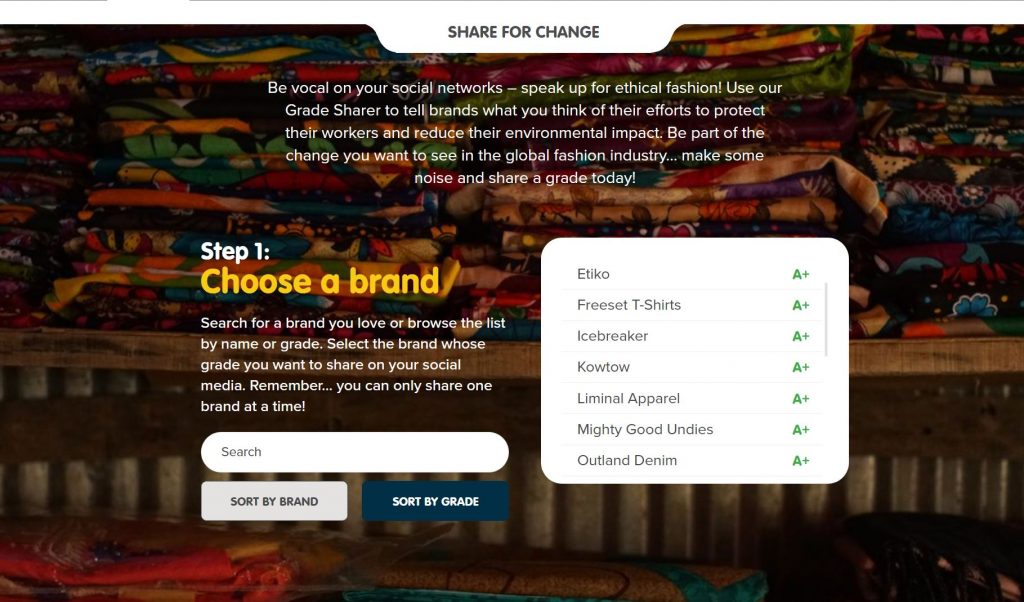
The criteria
Baptist World Aid and Tearfund New Zealand, which is also an aid and development organisation, conduct the research together. Each year the survey changes, asking different questions and therefore it’s difficult to compare each report.
How are these brands actually graded?
It’s not that simple to understand but according to the Baptist World Aid website, the brands are graded on evidence in 44 specific criteria focusing on each company’s supply chain practices, from raw materials to manufacturing.
“The grades awarded by the Ethical Fashion Report are a measure of the efforts undertaken by each company to mitigate the risks of forced labour, child labour and worker exploitation in their supply chains, as well as protect the environment from the harmful impacts of the fashion industry. Higher grades are given to companies with ethical sourcing systems that, if implemented well, should reduce the extent of worker exploitation and environmental harm.” – Baptist World Aid
It can be assumed that the information has been taken from online sources and from the brand itself. The higher grades are given to the brands that have put significant management systems in place to reduce worker exploitation, child and forced labour.
Baptist World Aid website ‘FAQs’, 2019
1. Policies
The research team evaluates the company’s code of conduct, sourcing and subcontracting policies, and involvement with other organisations that work to combat worker exploitation.
2. Traceability & Transparency
Our research team evaluates how much of the supply chain the company has traced and whether it has disclosed any information to the public about its supply chain.
3. Auditing & Supplier Relationships
The research team assesses how much of the supply chain is audited for compliance with the company’s policies and looks at how the company manages supplier relationships to improve working conditions.
4. Worker Empowerment
The research team considers the company’s efforts to pay workers a living wage and assesses whether the company supports other aspects of worker well-being such as access to unions, collective bargaining agreements, and grievance mechanisms.
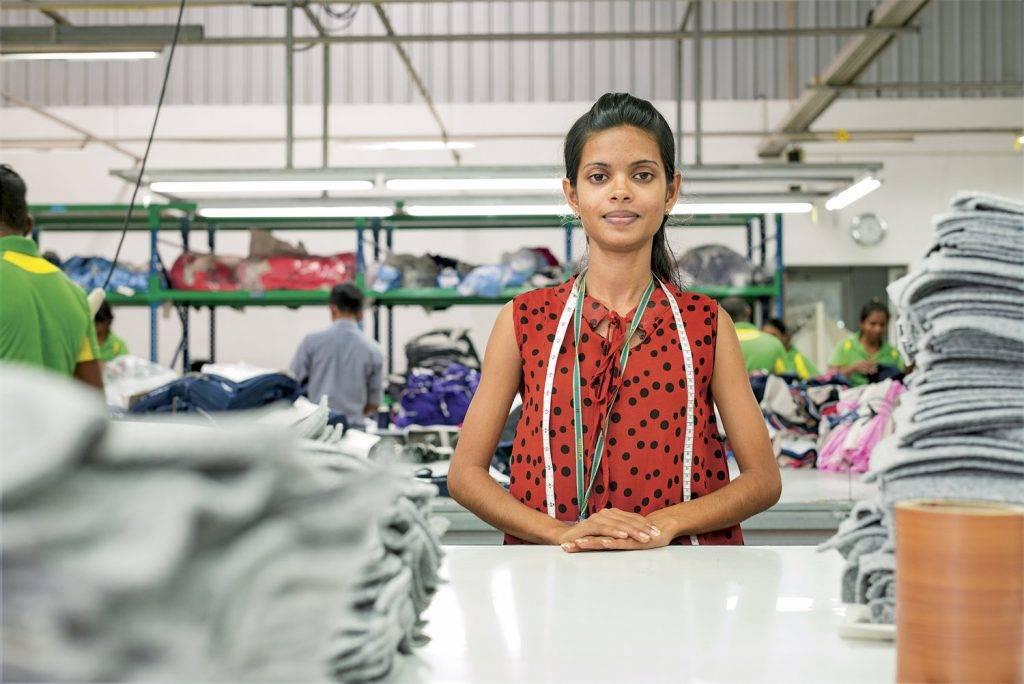
Image via Patagonia
What happens after the research?
Once the research has been conducted, the Research Team from Baptist World Aid sends the brand its findings with the option for further input, evidence or comments. For the ones that are unresponsive, they are contacted multiple times.
If a brand does not publish any information regarding factories or workers or respond to Baptist World Aid, they automatically receive an F grade. Some may say it’s unfair, however Baptist World Aid believes that companies need to be graded even if they do not respond, as they aren’t being transparent enough to the public.
The report is also published alongside an Ethical Fashion Guide to help consumers make better shopping decisions and encourage consumers to write to the brands that received a low grade.
What difference has it made?
It’s hard to say the exact positive effects that the Behind The Barcode project has achieved, however since it’s the first report in 2013 more brands have taken part than ever before and a selection of brand’s grades have improved.
‘The collective impact of all of our decisions has been heard by companies, which has in turn been a driver for change.’
Numerous recent studies have confirmed that young consumers want ethical fashion, the demand is there. WGSN, the world’s #1 fashion trend forecaster, predicts that the new decade will be shaped by ethics and responsibility, read the Future Consumer report here.
Consumers and brands are embracing transparency and thanks to reports like Behind The Barcode pushing brands, it’s becoming unacceptable to hide crucial information from consumers about garment production.
The limiting factor
Companies that put the work in, to demand more ethical supply chains, like Baptist World Aid, deserve undue credit for forcing the hand of brands.
There are however limitations to finger pointing and grading brands. Supply chains are complicated, especially for the consumer. Supply chain expert and researcher Megan O’Malley, one half of Walk Sew Good and previous Head of Research for Project JUST, discussed the limitations of these reports with me.
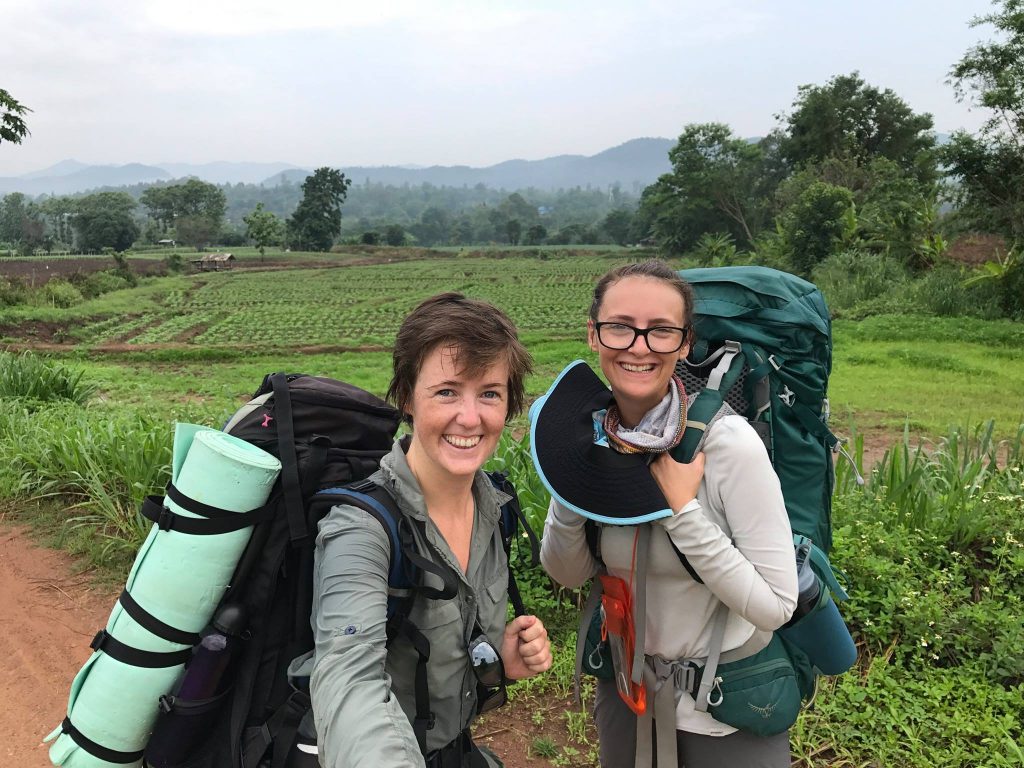
Megan left and Gabby right, from Walk Sew Good
‘…Grading the brands is only helpful up to a specific point. It paints a very black and white picture of what the brands are doing when the work being done in the fashion industry is all sorts of shades of grey.
I’m not sure you can really compare the work that a brand like H&M is doing with that of a brand like Kowtow with any kind of accuracy. It’s almost like comparing apples and oranges.
The report provides insight into a very small part of a brand’s operations. It looks at the policies that are in place and doesn’t necessarily measure the effectiveness of those policies. The report itself says: It is important to note that a high grade does not mean that a company has a supply chain, which is free from exploitation.
I think that based on this very basic information about what brands are doing you can’t really make an informed decision about whether or not you should shop at a brand. But the everyday consumer doesn’t know that. They just see the grade and continue on shopping at any brand that has a high rating.’
No one is discrediting the incredible work that organisations like Baptist World Aid provide to empower consumers to shop ethically.
There are however limitations to grading brands and finger pointing and to make a significant change, collaboration between NGO’s, the fashion industry, consumers and the government are required.
Until that happens, a combination of reports and honest conversations will have to do.

